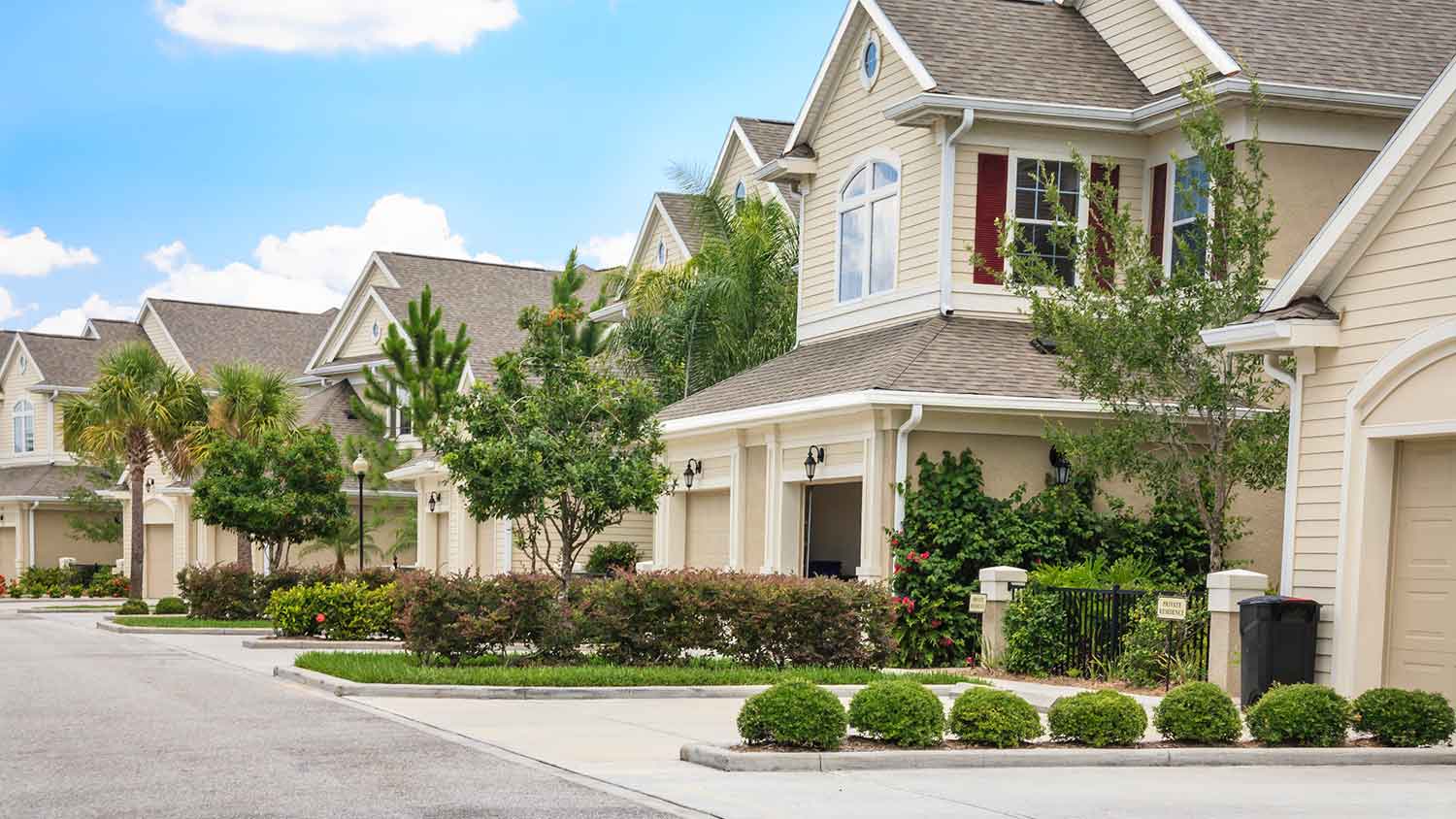
Get a clear estimate of palm tree maintenance cost, including trimming, fertilization, and pest control, so you can keep your palms healthy and your budget on track.
Know these digits before you start digging


Call 811 to get a utility line check before you start digging.
If you’re part of HOA, call them to make sure your tree project meets the rules.
If you’re planting near the property line, give your neighbor a call, too.
Planting a new tree on your property is an excellent way to add shade, privacy, and beauty. But wait! It’s not as simple as digging a hole in the ground. Your first step is making sure you aren’t violating any regulations or unintentionally creating problems. Fortunately, a few quick calls are all you need: Here’s who to call before planting a tree.

Utility companies and public institutions have easements and other exceptions that allow them to run all kinds of lines under private property. That’s a good thing—it’s how we get access to natural gas, water, electricity, and other utilities in our homes. But it also means that homeowners need to double-check what’s underground before they start digging.
These utility lines are usually buried deep—more than two feet down and often lower—so you won’t encounter them with typical gardening or irrigation work. But if you’re digging a hole for a tree, you’ll be digging down deep enough that damaging these utility lines is a possibility—one that comes with serious risks.
To check utility lines, call 811, a national hotline created for this exact purpose. Technicians from the government or utility companies will come out and mark any important utility lines on your property with small flags so you know what to avoid. Many city and county government websites also have 811 webpages where you can enter a request online if you prefer. The service is free, and you don’t have to do anything except let some service people onto your property for a brief period.
Always call 811 at least 48 hours (two business days) before you start your tree planting project. Don’t skip this step ahead of a tree planting project. If you do hit a utility line, it’s not just dangerous for you, it can also result in fines and paying the necessary repair costs.
In most cases, you won’t need a permit to plant a tree on your own property. (Removing a tree is more likely to require a permit.) However, there are a few exceptions, including:
You are planting a tree near a sidewalk or street on public property, or close to public works like power lines and poles. Municipalities maintain control over these areas, so they require applications to add a tree.
Some local governments have regulations about controlling invasive species and preserving native species and may require notification if you plan to add a new tree or transplant an existing one.
If your property is next to or part of an active development project, a planning district for new housing, an overlay zone next to important public works, or the like, you may need a permit before adding trees.
To be sure, hop online and look up your local government’s regulations on planting trees. If a permit is required, it typically costs between $50 to $100.

If you live in a neighborhood that’s governed by an HOA (homeowners association), you should give them a call before planting a tree. Most HOA bylines have regulations about making big landscaping changes, which can include planting new trees. Since HOAs can be finicky about things like this, it’s a good idea to call your HOA contact and explain that you’re planting a tree and that the project follows HOA guidelines. If possible, get permission in writing—just a quick email will do.
If you are planting a tree (or a privacy tree line) very close to your property line, it’s polite and wise to contact the owner of the other property and give them a heads up. As trees grow, their branches can overhang property lines or shed leaves onto the other property. Some owners can be very sensitive about details like this. A courtesy call can help defuse any tension—or give you ample warning that your neighbor may be difficult to deal with in the future.
This step is optional, but if you are planting a delicate ornamental species or need advice about the best type of tree for your yard, consider calling an arborist or other tree planting service near you. These specialists can tell you which trees will work best in the space, how to plant and care for a delicate tree, and the best places to plant. Arborists typically work for around $200 an hour or more, and may be able to help throughout the planting process as well. A simple consultation typically costs around $100 to $250.
From average costs to expert advice, get all the answers you need to get your job done.

Get a clear estimate of palm tree maintenance cost, including trimming, fertilization, and pest control, so you can keep your palms healthy and your budget on track.

Trimming your bushes is one of the less costly aspects of landscaping, and it’s helpful to bundle many trimming services together to save money.

Discover the average tree maintenance cost, key price factors, and tips to save. Get expert insights to plan your tree care budget with confidence.

If you need or want to move a tree to a new spot, it’ll take some effort. Learn how to transplant a tree to move it successfully.

Removing a small tree can free up yard space and prevent future damage to your property. Learn how to remove a small tree while staying safe.

Cabling and bracing trees may help to increase longevity and prevent limbs from falling when trees are showing certain signs of distress.